Halls | Albert William
- First names
Albert William
- Age
18
- Date of birth
04-02-1926
- Date of death
14-10-1944
- Service number
14714650
- Rank
Private
- Regiment
Royal Norfolk Regiment, 1st Bn.
- Grave number
III. B. 9.
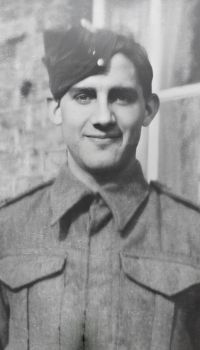
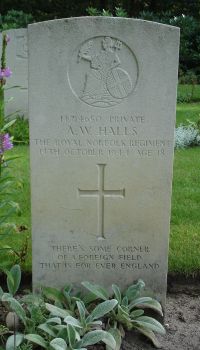
Biography
Albert William Halls was killed in action on 14 October 1944. He was initially buried in the Venrayseweg Cemetery in Overloon then later transferred on 1/5/1947 to Grave III. B. 9. in the Commonwealth War Graves Cemetery there. He was only 18 years of age and was a Private in the 1st Battalion of the Royal Norfolk Regiment (service number 14714650). The inscription on his grave reads: “There’s some corner of a foreign field that is forever England.”
Military career
The 1st Battalion of the Royal Norfolk Regiment was still in India on the outbreak of the Second World War. It remained there until July 1940, when it returned home. It landed at Sword Beach in Normandy on D-Day (6 June 1944). It played its part in operations in Normandy throughout June, July and August before being able to have a more extensive rest form 17 August at Tinchebray where it was also able to receive reinforcements to replace the many casualties.
During September, it moved through France and Belgium, reaching Helmond in the Netherlands on 25 September. Here, they were met with uproarious crowds, despite still attempting to fight the enemy. B Company had been assigned the task of defending the eastern end of the town having been assured by higher authority that the Germans would counter attack that night and were most anxious to settle in and sort out fighting positions, fields of fire, etc. Lt. GDH Dicks MC of B Coy. later related his story. He remembers after checking accommodation for the platoon:
“I turned to leave the house. I was immediately attacked by approximately 50 nurses who insisted that I come with them to the hospital opposite to give the inmates their first view of liberation. I had no option -in spite of the preoccupation of my mind – I was hauled across the road by each arm by a couple of lusty Dutch nurses, followed by at least eight of the lads being meted out with the same pleasant treatment. The scene inside the hospital of patients waving white and feeble hands at a dirty, begrimed, equipped and armed British subaltern would have been fit for any academician.
At last I made my escape and then had to sort out the others who had been hauled inside. I have often thought since about that bunch of boys – how happy they were at that moment. Cariello (killed March 1), Halls (killed October 14), Gorbell (killed October 14), McMorrine (wounded October 14), Taylor (wounded October 16).”
They moved out of Helmond on 29 September, crossing the Maas at Grave, through Heumen on to Maldens Vlak on 1 October. Here they remained until 11 October when they moved to Cuijk then to St Anthonis and Oploo on 12 October.
Movement forward by Allied Forces had been halted short of Arnhem, but a large pocket of resistance remained to the east, in the area up to the River Maas, and the intention in October 1944 was to turn south to clear the area down to the town of Venray. Overloon, which lay to the north of Venray, was taken on 13 October and the 1st Battalion of the Norfolk Regiment spent the night of the 13th in the woods around Overloon. The aim on the 14th was to move south towards Venray, but this involved crossing a stream called the Molenbeek. However, the enemy had a clear sight over a distance of 1,000 yards of the British troops as they left the shelter of the woods.
In May 1945, Lt. GDH Dicks MC wrote a personal account of his experiences that day while convalescing from wounds received in March 1945, of which this is an extract.
“Next morning, 14 October 1944, we received our orders for the attack. B Company was to be one of the two forward companies having the thankless task of first bumping and locating the enemy. Friar ([Lt. D.B. Balsom) was given the task of being the leading platoon with Company HQ next, then my platoon, then Ray’s (Lt. R. S. Hilton) platoon. Ray and I would travel with Company HQ.
Inevitably, we soon came under fire from the German lines and Friar’s platoon suffered casualties. Everybody took to the deep ditches either side of the road and crawled forward cautiously. I have a constitutional aversion to crawling, so very soon I began to shuffle along using my hands and feet, with my knees off the ground. Result – one bullet through my haversack. I subsided for a time but soon my constitution overcame my caution and once more I raised my body. Result – another bullet through my haversack. I did not risk a third chance. Eric (Major, E.A. Cooper-Key MC, OC B Coy) and his batman soon after rose and did a spirited dash forward to Friar to get information and then called us up to receive orders for the assault.
The plan was for Friar to remain where he was and by fire to keep the Germans’ heads down. Ray and I were to form up on each side of the road – Ray on the right and I on the left.
I formed up behind a ramshackle farm-house and then moved out into the open on the left of the road with two sections in line as per battle drill with about 5 yards between each man. I felt as naked as the day I was born.
We moved forward at a walking pace with the Churchill tank rumbling along behind. A Spandau opened up and I saw the tracer bullets go through our ranks and a figure fall. It was Halls, 8 Section Bren gunner – shot (as I afterwards learnt) through the heart. He was on the extreme left of the section, and the fire had come, I noticed, from a projecting copse on our left front. The sections had automatically gone to ground. Cpl. Smith recovered the Bren gun from the body of the dead soldier; and L/Cpl. Grimble, the other Bren gunner in the forward sections, was blazing away merrily although I feel he only had a vague idea in which direction the Spandau lay.”
A total of eleven men of the Royal Norfolk’s were killed that day, including Albert William Halls. The Battalion succeeded in crossing the Molenbeek on 16 October and Venray was taken by the 18th. Between 13 and 18 October the Battalion suffered 43 fatal casualties and almost 200 wounded and the towns of Overloon and Venray were badly damaged.
Family background
Albert William Halls (known to his family as Albie) was the son of Cyril Halls and Beatrice E Taylor who married in 1925 in Ely, Cambridgeshire.
Cyril Halls was the son of William Halls and Selina Halls (nee Chilvers). William was born in 1856 in Wilny, Norfolk and Selina in 1863 in Clenchwarton, Norfolk. They seem to have had children as follows: Frederick A 1886, Claude E 1890, Cyril 25/1/1898. Frederick was born in Saham Toney, Claude in Terrington St John and Cyril in Wiggenhall St Germans.
In 1901, William and Selina Halls were living at Church Road, Terrington Saint John, Norfolk. William was a Police Constable. With them were Frederick, Claude and Cyril. Frederick was working as a Bricklayer’s Labourer. The family were still in Terrington St John in 1901 and William was now a Police Pensioner. Only Claude and Cyril were with there. Claude was working as a farm labourer.
By June 1921, Cyril had moved to Ely and was living as a boarder in the house of William and Sarah Jane King in Broad Street, Ely. Cyril was working as a Ticket Collector for the Great Eastern Railway. William King was 54 and a Labourer at a timber yard. With them was their 10 year old daughter and a married 28 year old daughter, her son and her husband, who was a Locomotive Driver for the Great Western Railway. There was also another 29 year old boarder, who was a Train Examiner for the Great Eastern Railway.
Beatrice Edith Taylor was the daughter of Harry Albert Taylor and Priscilla Taylor (nee Turner). Harry was born in 1879/80 and Priscilla in 1879/81, both in Ely. They seem to have had children as follows, all in Ely: Albert James 1897, Elizabeth Ann 1899, Beatrice Edith 22/10/1902, Harold 1905, Ivy Gladys 1907, Frances Amelia 1909, William A 1911, Harry Arthur O 1914 and Mary K 1916.
In 1911, Harry and Priscilla were living at Chapel Street, Ely. Harry was a boot repairer. With them were there first six children, including Beatrice.
By June 1921 Harry and Priscilla were living at 10, The Range, Silver Street, Ely. Harry was still a Boot Repairer. With them were all their children except James and Ivy, though Elizabeth was married and her husband and daughter were there too. Harold was working as an Insurance Clerk and Elizbeth’s husband as a Ticket Collector for the Great Eastern Railway.
Cyril Halls married Beatrice Edith Taylor in 1925 in Ely. They had children as follows, all in Ely: Albert William 4/2/1926, Kenneth C 1929, Frederick A 12/6/1932, Keith H 1934, Terence E 1936, Geoffrey C 1938 and Gena L 1940.
In September 1939 they were living at 72 St John’s Road, Ely with all six children born by then, including Albert. Cyril was working as a Travelling Railway Ticket Inspector.
Cyril Halls died in the Cambridge district in 1942 so would not have known of his son’s fate.
Albert William Halls was killed in action on 14/10/1944 near Overloon.
Beatrice Edith Halls died on 20/4/2001 in the Cambridge district.
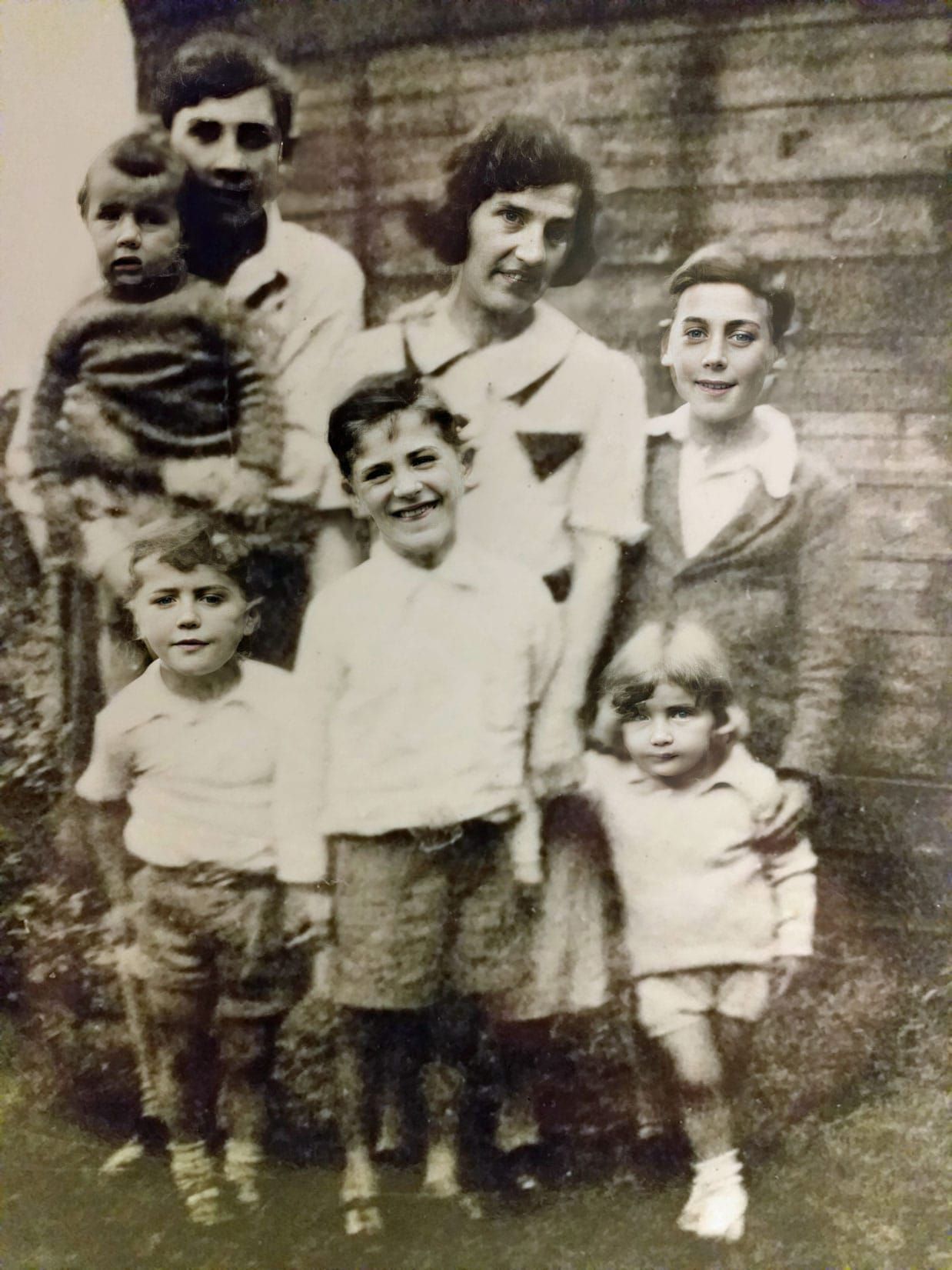
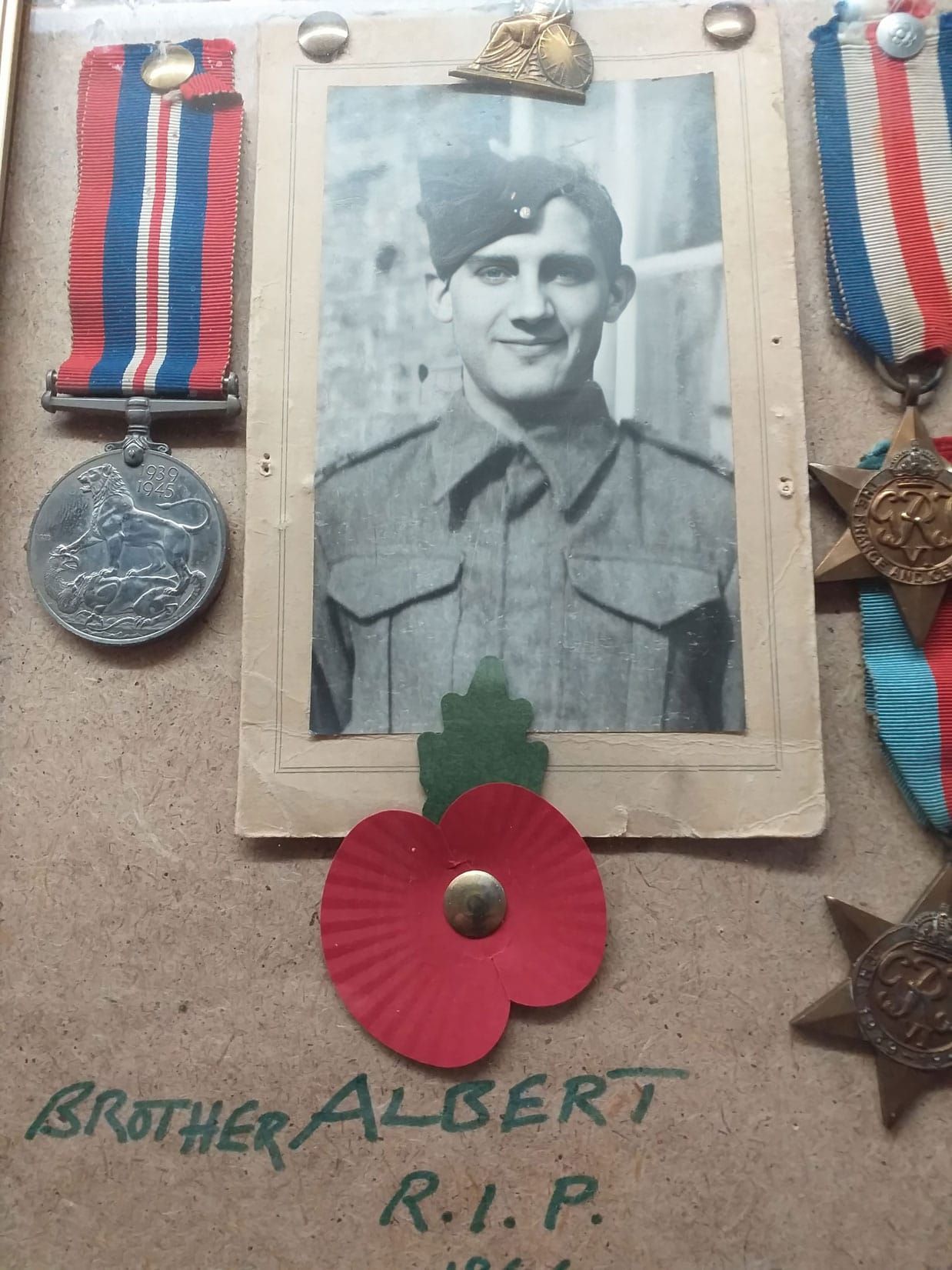
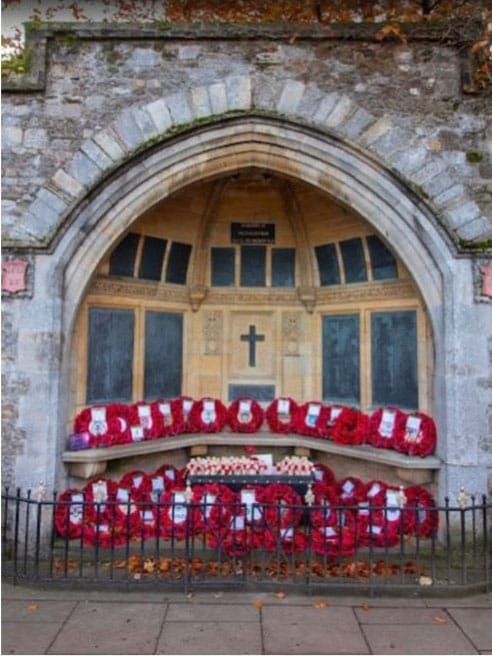
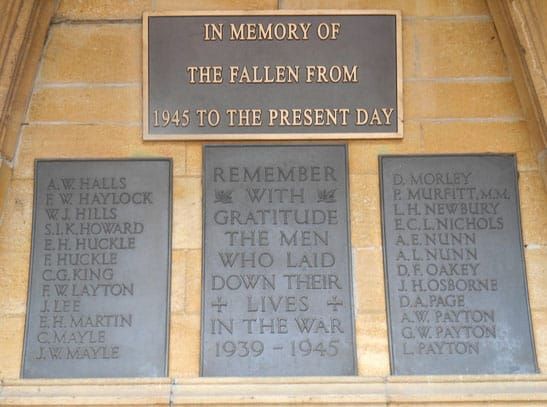
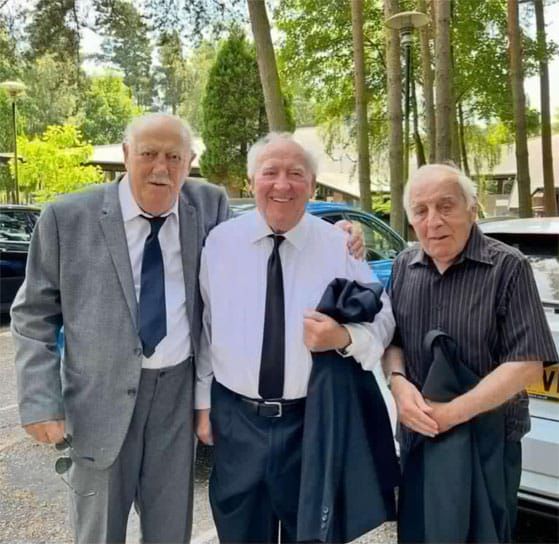
Sources and credits
From FindMyPast website: Civil and Parish Birth, Marriage and Death Records; England Census and 1939 Register Records; Electoral Rolls; Military Records
Royal Norfolk Regiment Museum website
Information from “Thank God and the Infantry – from D-Day to VE-Day with the 1st Battalion, the Royal Norfolk Regiment” by John Lincoln
Photo courtesy of Patrick Halls (Albert’s nephew) and Albert’s brothers and sister.
Research Elaine Gathercole
